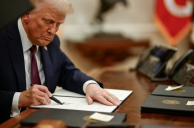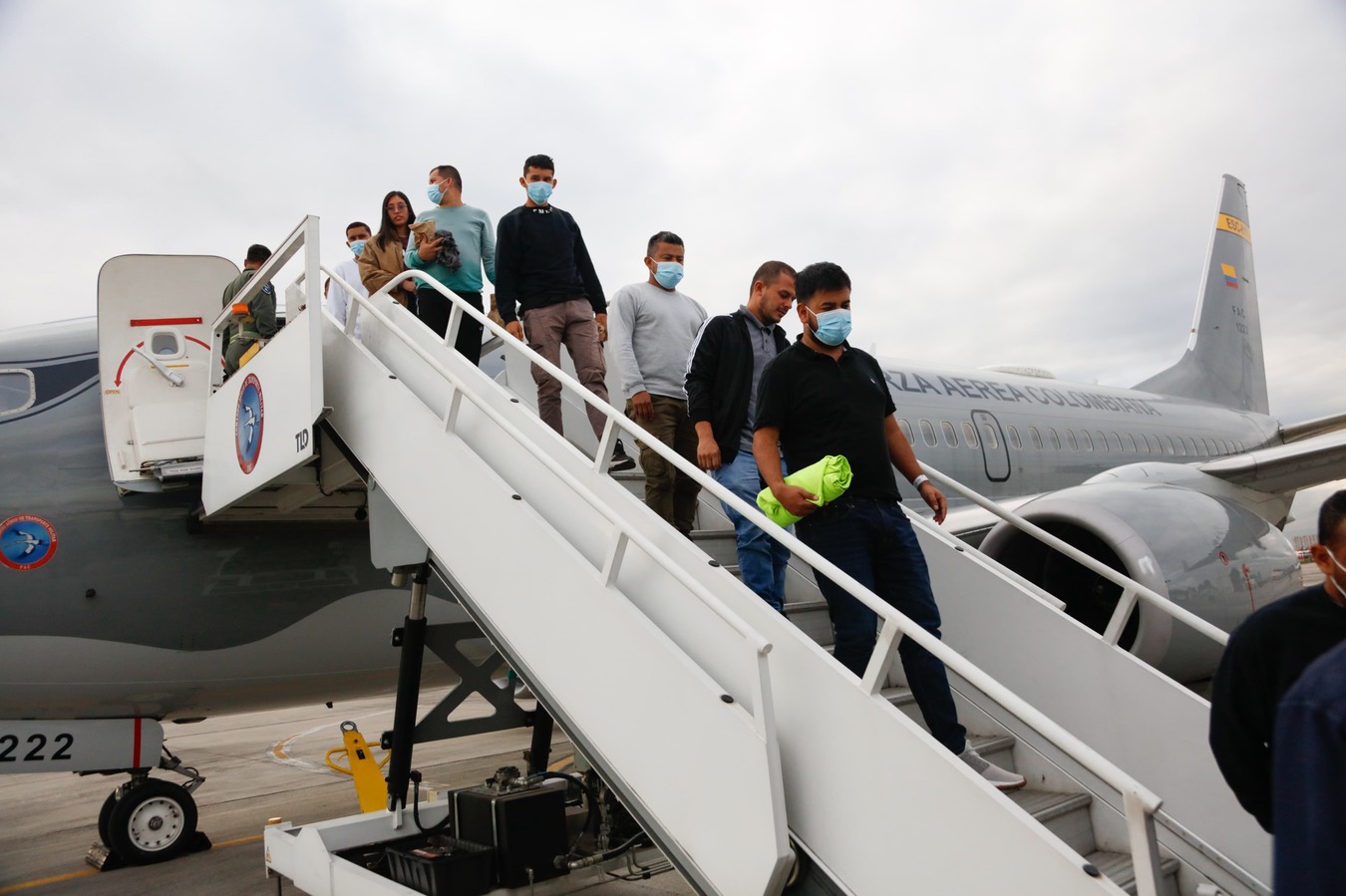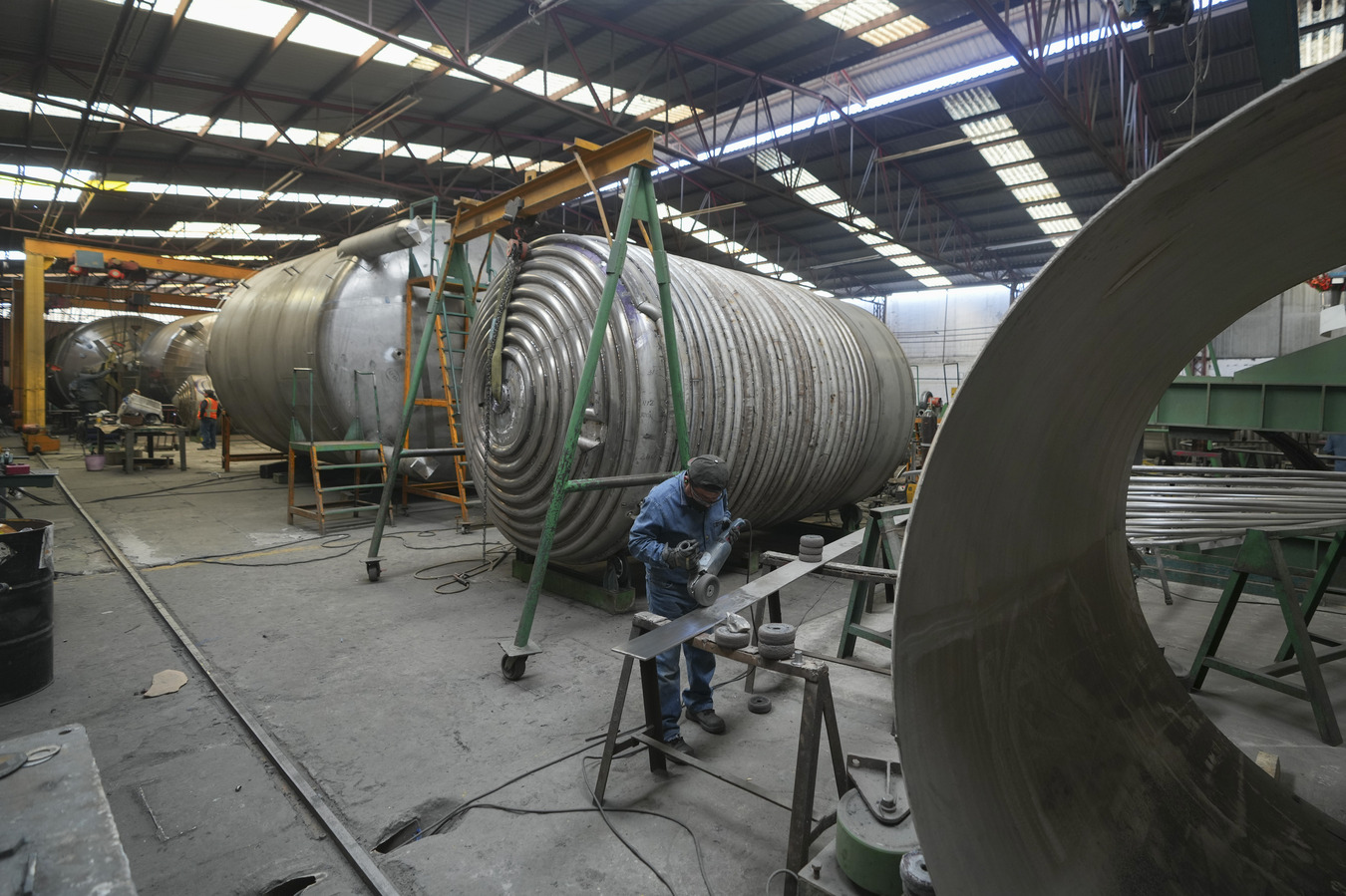Tracking Trump and Latin America: Trade—Higher Reciprocal Tariff Rates Stalled
Tracking Trump and Latin America: Trade—Higher Reciprocal Tariff Rates Stalled
What does the U.S. president's “America First” trade policy mean for the region? AS/COA is monitoring the new administration's approach.
This piece was originally published on February 6, 2025. New content is regularly added.
“I will immediately begin the overhaul of our trade system to protect American workers and families,” said U.S. President Donald Trump during his inauguration address on January 20. In that speech, Trump expounded on his vision for an “America First” approach to trade, which includes using tariffs and taxes on trade partners to aid the U.S. economy and to negotiate actions from foreign governments.
When it comes to Latin America, Trump officials, such as his Secretary of State Marco Rubio, have focused on the economic competition between China and the United States in Latin America. Over the last two decades, Chinese investment and engagement in the region has increased exponentially, and most countries in South America count Beijing as their largest trade partner. “The 21st century will be defined by what happens between the United States and China,” said Rubio in his confirmation hearing. Trump has recently focused on his belief that China can exert significant control over the Panama Canal.
Latin America is also home to the United States’ largest trade partner, Mexico. The total trade volume between the two North American neighbors exceeded $800 billion in goods in 2023. The United States still remains the largest trading partner in Latin America. This is facilitated by Washington’s six free trade agreements with 11 Latin American countries and six Trade and Investment Framework Agreements with 20 countries in the region. Latin America is also home to the United States’ largest trade partner, Mexico. The total trade volume between the two North American neighbors exceeded $800 billion in goods in 2023.
AS/COA Online is tracking the new administration's approach to trade. Learn about recent actions, campaign promises, and policies from Trump's first term.
AS/COA is tracking the U.S. president's actions toward the region, including on trade and migration.
Most leaders conveyed frustration or made requests to negotiate while some expressed gratitude for only getting the baseline rate.
This "is a rethinking of what trade really is and the importance of it to the United States," said the AS/COA vice president.
“We're the best friends of each other, and that's really important to remember,” said the AS/COA president and CEO.
The U.S. president is resurrecting first-term tactics and promising a more aggressive reduction in immigration. AS/COA is monitoring the regional impacts.
The president-elect threatened 25 percent tariffs on Mexico and Canada and 10 to 20 percent rates globally. Learn about the hemispheric trade relationship.















